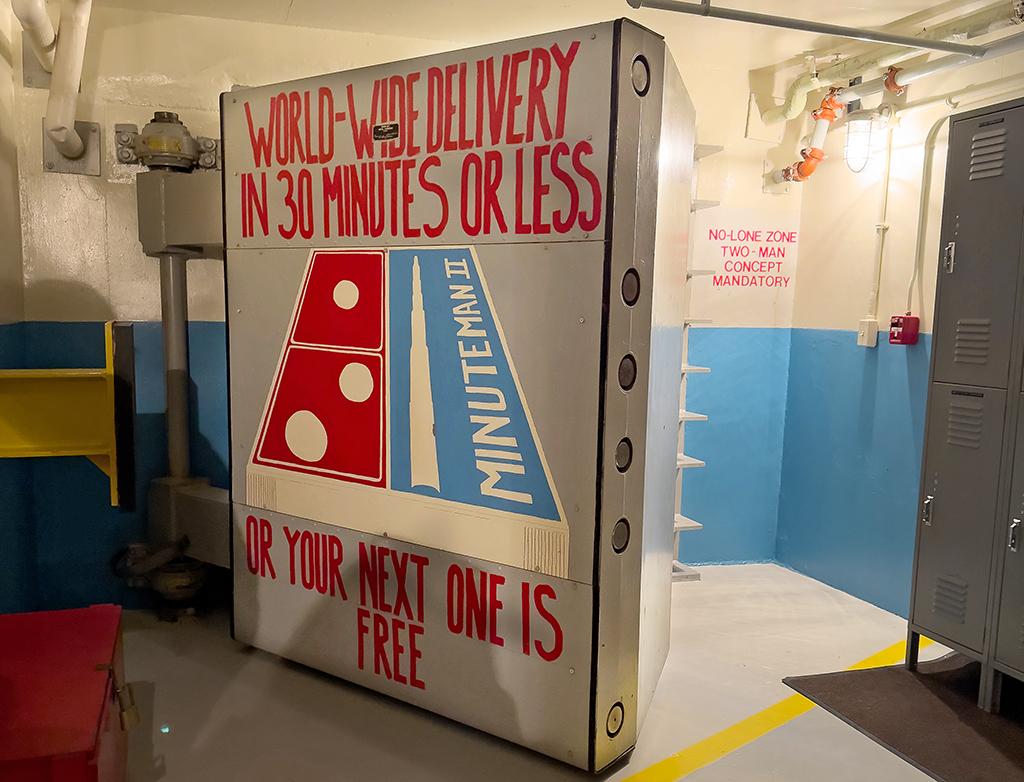Whether you spend one day or three days at Badlands National Park, there’s plenty to see and do. Where to start? This Traveler’s Checklist will help you with that.

The start of sunrise at Burns Basin Overlook, Badlands National Park / Rebecca Latson
* Stop at all the overlooks along the park road. You’ll not only have a better idea of the park and its landscape, but you can figure out good locations to watch (and photograph) sunrise and sunset. Arrive early in the morning or later in the evening and you might not only have that overlook all to yourself, but also hear a distant coyote yipping or a western meadowlark’s lilting song.
* From 9 a.m. – 4:30 p.m. during the second week in June to the third week in September, you can watch in real-time park geologists and interns work on fossil preparation at Ben Reifel Visitor Center’s Fossil Preparation Lab. Not only will you see how 33-million-year-old fossils are prepared for preservation and display, but you’ll also learn what to do should you happen to find a fossil while out hiking in the park.
* Visit the less-developed Stronghold District of the park, within the Pine Ridge Indian Reservation. Stop at the White River Visitor Center, where you’ll not only learn about the use of that area as a gunnery range during World War II, but also discover the cultural significance of Badlands through the stories of the Lakota People living there.

The Window Trail, Badlands National Park / Rebecca Latson
*Take your camera to photograph sunrises and sunsets in the park. Burns Basin Overlook, Panorama Point, and Pinnacles Overlook are great for sunrise light bathing the badlands formations. Sunsets are nice at Ancient Hunters Overlook, Burns Basin Overlook, Prairie Wind Overlook, and Big Badlands Overlook.
*Keep those cameras out but use your telephoto lens or telephoto setting to capture wildlife images. Even if you can get a close-up shot with your lens, go ahead and photograph the landscape with the wildlife in it so your viewing audience can see the environment in which that wildlife lives and roams.

Keep your camera and telephoto lens handy for photographing wildlife like this prairie dog at Badlands National Park / Rebecca Latson
*Half the park is after dark, so stay up past your bedtime to attend a night sky ranger program during the summer at the Cedar Pass Amphitheater. Milky Way and starry sky photography is great from anywhere in the park. Just remember to take a tripod and headlamp or flashlight with you and be mindful of using light around other photographers already out there so as not to ruin their photo compositions.

Even on a night with a full moon hiding the stars in the sky, the landscapes like the one here at Panorama Point are amazing, Badlands National Park / Rebecca Latson
*Attend a guided ranger program. During the summer, there are daily ranger talks and Junior Ranger programs. There are also fossil talks and ranger-led geology walks through the park. Check this calendar to see what’s on offer during your visit.
*Make a side trip to nearby Minuteman Missile National Historic Site to learn about U.S. involvement in the Cold War and how the Great Plains were chosen as nuclear missile sites. There are three areas to this national historic site: the visitor center, Delta-09 missile silo, and Delta-01 Launch Facility. You’ll need to make a reservation for the hour-long Delta-01 tour, which is limited to 6 people and fills up quickly. These three sites are within a few minutes’ drive of each other. If you can’t snag a ticket for the Delta-01 tour, you can watch a 23-minute video of the tour, here.

Take a tour of the Delta-01 Launch Facility and see the underground launch room, Minuteman Missile National Historic Site / Rebecca Latson
Download this park map jpg to help you with your park explorations.





